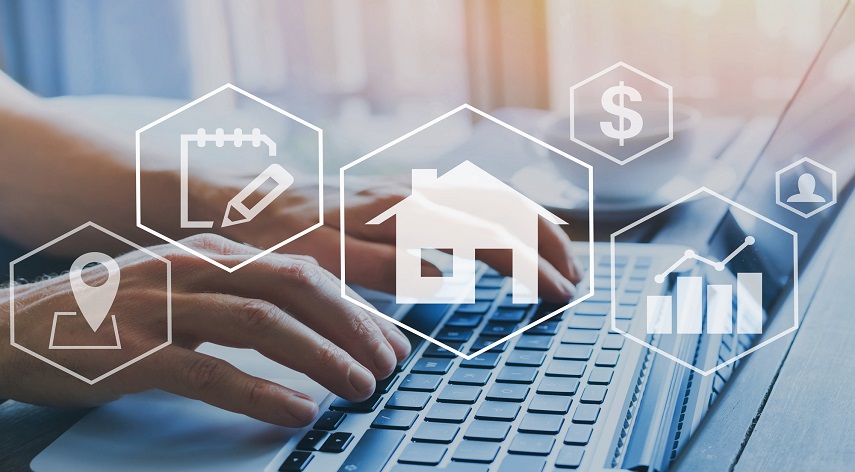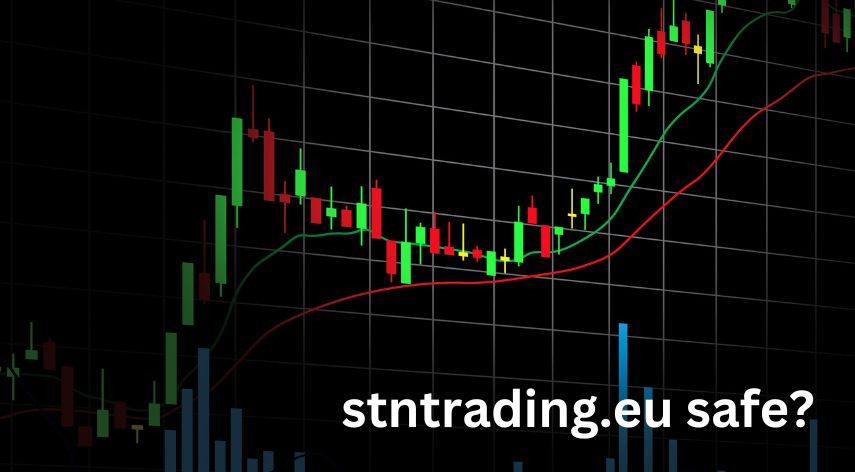What Is a 1031 Reverse Exchange?

According to a May 2021 analysis by Ernst & Young, taxes paid and associated with businesses employing 1031 and like-kind exchanges were already anticipated to generate $7.8 billion for the IRS.
The 1031 tax exchange is a powerful tool for real estate investors. This strategy allows for tax deferral under IRS rules for selling investment properties. A “1031 exchange” is simply the process of selling a property and investing in another within the prescribed period to benefit from those tax savings.
Not familiar with the 1031 reverse exchange? Keep reading.
Table of Contents
ToggleWhat Is 1031 Reverse Exchange?
In a reverse 1031 exchange, the taxpayer identifies a replacement property and agrees with a qualified intermediary before selling the old property. The taxpayer then sells the old property and uses the proceeds to purchase the replacement property.
The taxpayer can defer paying capital gains taxes on the sale of the old property by using the proceeds from the sale to purchase the replacement property within the guidelines of a 1031 exchange.
How Can It Be Used?
The advantage of the 1031 reverse exchange is that the taxpayer does not have to determine the purchase price of the replacement property upfront. Instead, the taxpayer can use the proceeds from the sale of the old property to purchase the replacement property.
You can use it in various situations, but it is most commonly used when the taxpayer wants to upgrade to a more expensive property. 1031 reverse exchange allows the taxpayer to defer the recognition of any capital gains on the sale of the old property and instead defer them until the sale of the replacement property.
What Are the Benefits
There are numerous benefits to conducting a 1031 reverse exchange. One advantage is that the exchanger is not burdened with the ownership of two properties simultaneously.
Another benefit is that the exchanger can lock in the purchase price of the replacement property. This is especially beneficial if the market value of the replacement property increases after the exchange is completed.
If you are looking for a 1031 tax break guide, visit Startanexchange.com.
What Are the Risks
The risks of a 1031 reverse exchange are that the investor may be unable to find a suitable replacement property. The investor may not be able to complete the exchange. Also, the replacement property may be less expensive than the original property.
How Do I Know if It Is Right for Me?
This process can be used when an investor desires to sell a property but has not yet found suitable replacement property. It allows investors to complete the sale and purchase of properties within a limited time frame. It also makes a valuable tool for investors looking to defer taxes on their investment properties.
While the process of a 1031 reverse exchange can be complex, investors who work with a qualified intermediary can complete the exchange with relative ease.
Do Research on 1031 Reverse Exchange Today
The 1031 reverse exchange is a great way to defer taxes on the sale of your property. Using a qualified intermediary, you can sell your property and purchase a new one without paying taxes on the sale. This is a great way to save money and defer taxes on your investment.
If you want to learn more helpful guides, look at the rest of our blog.
Alfred Williams, a distinguished business writer, navigates the corporate landscape with finesse. His articles offer invaluable insights into the dynamic world of business. Alfred's expertise shines, providing readers with a trustworthy guide through the complexities of modern commerce.
Recommended For You
Spread the loveIn the ever-expanding digital landscape, online trading platforms have become a staple for savvy consumers looking to explore
Spread the loveDo you find tax season overwhelming? You’re not alone. But don’t worry; our article on tax checklist essentials has you
Spread the loveNavigating the world of document signing and validation can be perplexing. This is especially true when it comes




